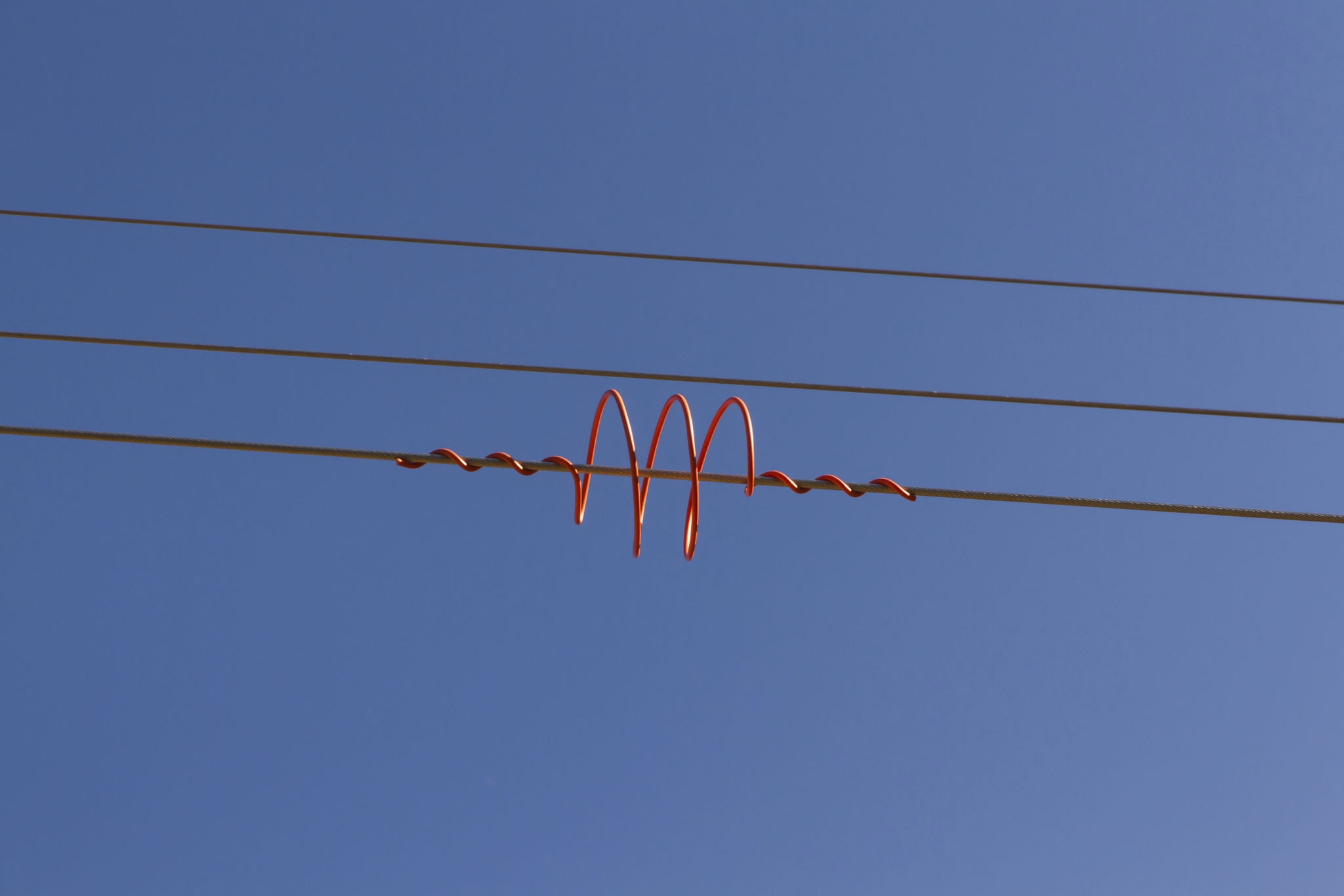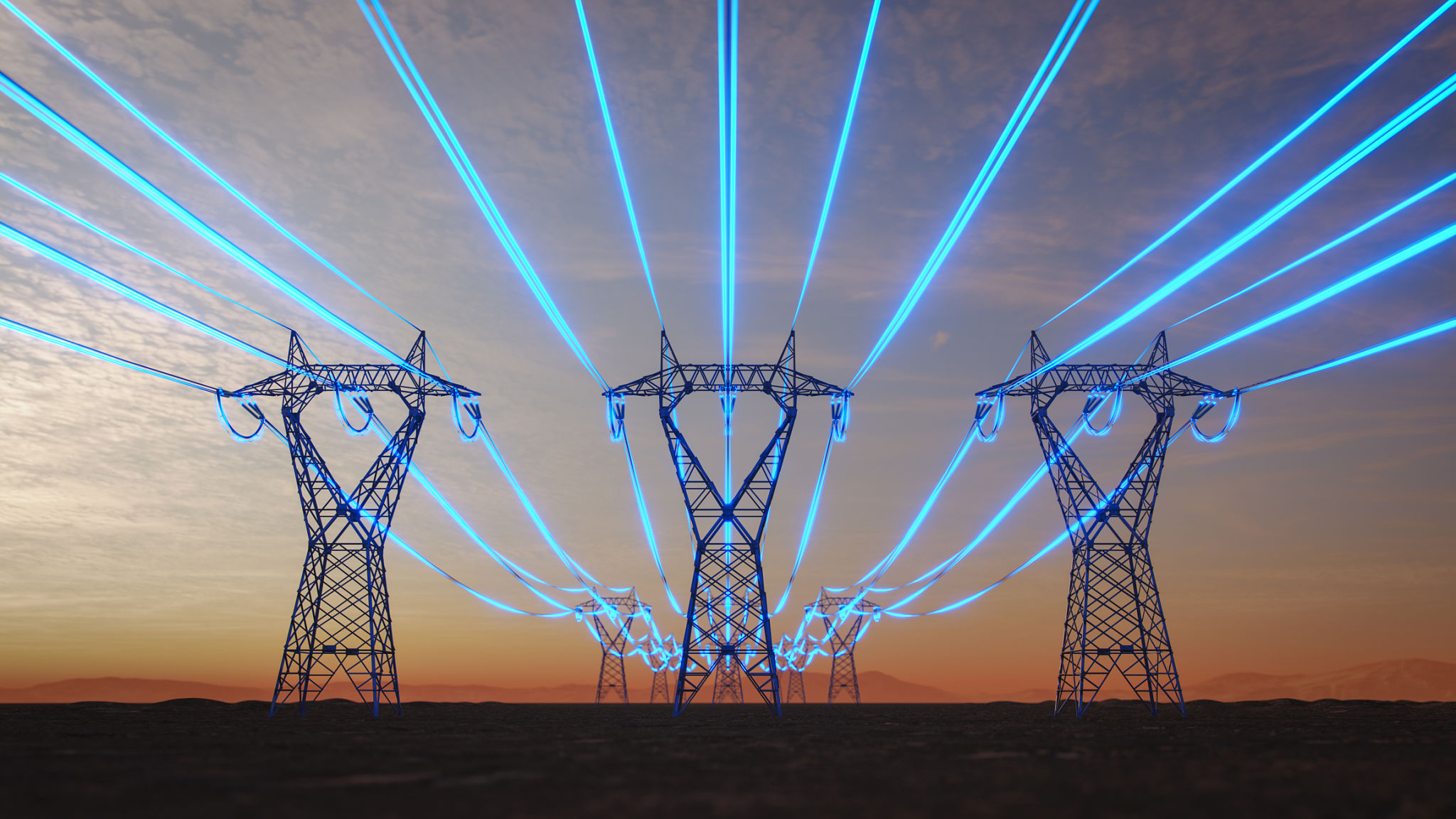The Essential Guide to Utility Line Bird Diverters: Protecting Wildlife and Infrastructure
Understanding Utility Line Bird Diverters
Utility line bird diverters are devices designed to prevent birds from colliding with infrastructure such as power lines, communication towers, and other utility structures. These collisions not only threaten bird populations but can also lead to power outages and costly repairs. By installing bird diverters, utility companies can significantly reduce these incidents and contribute to wildlife conservation.
Bird diverters work by making utility lines more visible to birds in flight. They reflect light or move in the wind, catching the attention of birds and encouraging them to change their flight path. This simple yet effective solution is crucial in areas where bird populations are at risk due to dense utility line networks.

The Importance of Protecting Wildlife
Birds play a vital role in maintaining ecological balance. They are pollinators, seed dispersers, and crucial components of many food chains. Unfortunately, human-made structures pose significant risks to these creatures. Collisions with utility lines are a leading cause of avian mortality, affecting both common and endangered species.
Installing bird diverters is a proactive measure that helps mitigate these risks. It demonstrates a commitment to environmental stewardship and aligns with conservation efforts worldwide. By protecting bird populations, we help preserve biodiversity and ensure the health of ecosystems.

Benefits of Bird Diverters for Infrastructure
Beyond wildlife protection, bird diverters offer numerous benefits for infrastructure. Collisions with birds can cause power outages and damage to utility lines, leading to costly repairs and service interruptions. By preventing these incidents, bird diverters help maintain the reliability of power supply and reduce maintenance expenses.
Moreover, using bird diverters aligns with corporate responsibility and sustainability goals. Many companies are now required to comply with environmental regulations, and implementing bird protection measures can enhance their reputation and meet legal obligations.
Choosing the Right Bird Diverters
When selecting bird diverters, several factors should be considered:
- Visibility: The diverter should be highly visible in various weather conditions and from different angles.
- Durability: It should withstand harsh environmental conditions such as wind, rain, and UV exposure.
- Ease of Installation: The diverter should be easy to install without requiring specialized tools or equipment.
Consulting with experts and reviewing case studies can help utility companies choose the most effective solutions for their specific needs.

Case Studies: Successful Implementation
Several case studies highlight the effectiveness of bird diverters. In one instance, a power company reduced avian collisions by over 80% after installing diverters along a critical migration route. This not only protected local bird species but also minimized service disruptions caused by line damage.
Another example involves a telecommunications company that integrated bird diverters into their new infrastructure projects. As a result, they experienced fewer service interruptions and improved their environmental impact reports, strengthening their commitment to sustainability.
Conclusion: A Win-Win Solution
Utility line bird diverters offer a practical and effective solution for protecting both wildlife and infrastructure. By investing in these devices, utility companies can contribute to conservation efforts, enhance service reliability, and demonstrate environmental responsibility. As awareness grows, bird diverters are becoming an essential component of modern utility infrastructure strategies.
The benefits of bird diverters extend beyond immediate impacts. They represent a broader commitment to coexistence with nature, promoting a sustainable future where technology and wildlife thrive together.
